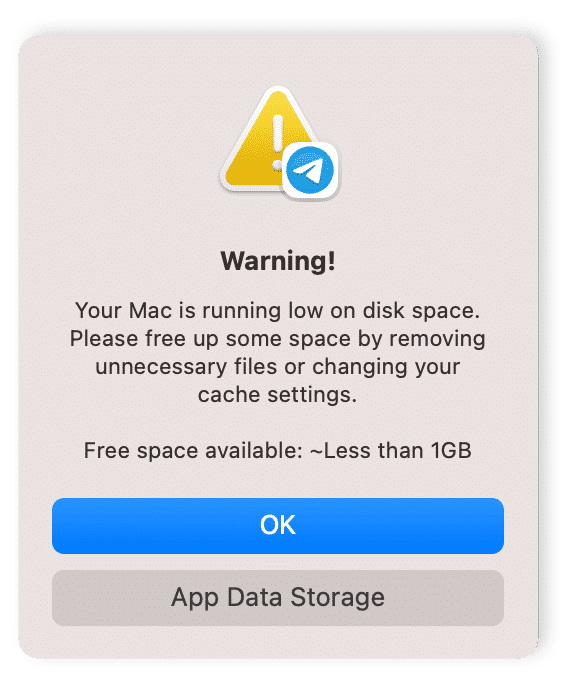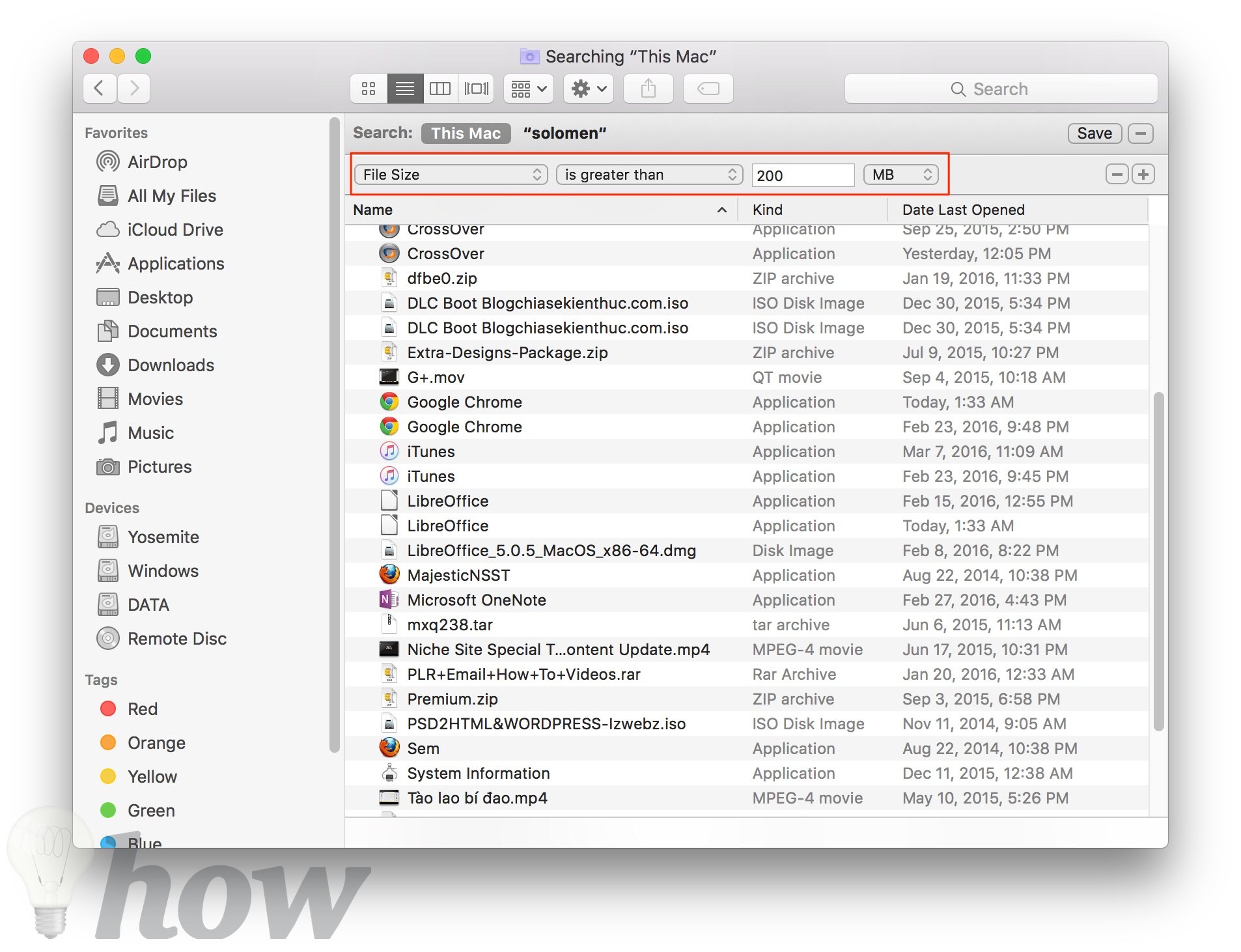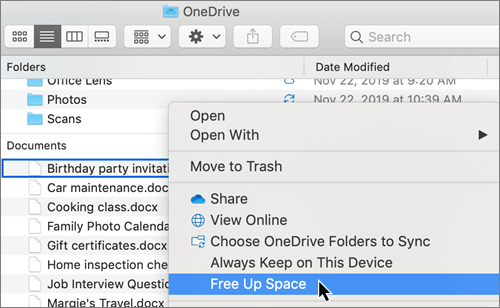No matter which drive your Mac has, let’s look at how to erase your Mac’s free space. Erase your free space. One way to securely erase free space on your Mac hard drive is to use the CleanMyMac X Shredder module. Though the main app is paid, this particular tool is 100% free to use.
- The space taken by VM on Mac disk mostly belongs to operating system, programs and files in Windows. To manage Windows storage go to Windows Settings System Storage. Enable Storage Sense to allow Windows automatically free up disk space. To free up space manually click 'Free up space now'.
- Remove The Duplicated files. There are various instances when a Mac user downloads the.
- The Storage pane of About This Mac is the best way to determine the amount of storage space available on your Mac. Disk Utility and other apps might show storage categories such as Not Mounted, VM, Recovery, Other Volumes, Other, Free, or Purgeable.
It's estimated that every year globally, we generate 40 million tons of electronic waste. That's like throwing away 800 laptops every second. Unless you securely clean your free space or wipe your hard drive, there's potentially a lot of recoverable personal data floating around.
Are you looking to erase the free space on your Mac? You've come to the right place. Data privacy has never been more important, but surprisingly, not everyone realizes that your Mac is not entirely erasing that data when you delete a file.
Did you know? Deleted files are identified as free space, available to be written over with new data. Meaning, they can be fully or partially reconstructed if your Mac ends up in the wrong hands. Unless, of course, you erase your Mac's free space.
What do we mean by erase
On macOS, secure erase means your data is replaced with a random set of zeroes and ones. In this way files are “shredded” digitally. Which app should you use? There is a free Shredder tool that is a part of CleanMyMac X — you may use this simple eraser to do the job.
Let’s take a look at how to erase free space and securely erase the hard drive on your Mac.
Why erase free space on your Mac hard drive?
Here’s a quick look at some top reasons to erase your Mac’s free space:
You’re selling an old Mac or a used hard drive.
You work with top-secret non-disclosure agreements.
Your Mac has become too expensive to repair, and it’s time to recycle.
You want to be sure your deleted data is really gone.
Sometimes emptying your trash just isn’t enough; We need to remove files securely.
If your Mac has an SSD, Apple claims that erasing free space on your Mac’s hard drive is unnecessary because a standard erase makes the recovery of data difficult.
Not everyone wants to take Apple’s word for it. Standard erase doesn’t make me entirely comfortable that my data can’t be recovered. Luckily there are some options if you’d prefer to take your Mac’s deleted data fate into your own hands.
You can both easily and safely wipe the free space on your Mac to prevent future recovery of deleted files and data.
How to find out if you have an HDD or SSD disk:
Click the Apple icon top left and select About This Mac.
Select System Report and scroll down to Storage.
Now, select the drive from the list at the top and look for Medium Type.
Here you'll discover if you have an HDD or SSD.
No matter which drive your Mac has, let’s look at how to erase your Mac’s free space.
Erase your free space
One way to securely erase free space on your Mac hard drive is to use theCleanMyMac X Shredder module. Though the main app is paid, this particular tool is 100% free to use.
As we’ve said this feature can be used free of charge and it erases files along with their digital footprints, making them irretrievable. Removal of this nature takes a little longer than a quick empty of your trash, but it does ensure that all data gets rewritten, leaving no chance of recovery at a later date.
Tip: Be sure to select files carefully for secure removal. This action is irreversible.

How to erase free space on your Mac with CleanMyMac X:
Download the free version of CleanMyMac X - It’s also notarized by Apple.
Launch the app, and select Shredder from the sidebar.
Click on the Select Files button.
Now, browse which files you want to remove and press Open.
Or you can just drag and drop the file to feed it into the Shredder.
I found it helpful that once the process finishes, you get an update on remaining free space, and you can also view a log of the removed items. I also love the fact this is really simple to use, for quick peace of mind.
Erase a drive using Disk Utility
If you’re planning on transferring ownership or your Mac, Apple recommends erasing the entire disk; this protects you from any standard erased files or data being rebuilt or recovered.
Disk Utility can feel like a scary place to be clicking around. This powerful and notoriously tricky to locate feature can securely erase your Mac hard drive, ultimately preparing your Mac for new ownership.
Tip: Don’t forget to backup any important files you want to keep before erasing a disk.
If you’re trying to erase your Mac’s startup disk, you will need to start up from macOS Recovery first. On your computer, the Startup disk is the main hard drive, and your Mac is using it to run macOS, so it would be unlikely you would be able to erase it without following the next steps.
Startup from macOS Recovery
- Turn your Mac on and quickly press down Command (⌘) and R. When you see an Apple logo or spinning globe, release the buttons.
- If prompted to enter a password, this will be the primary admin account password. The macOS utilities screen will appear, select Disk Utility.
- Once open, select View in the top menu and choose Show All Devices. The disk your Mac started up from will be top of the list. In my example, you can see Apple SSD is the startup disk.
- Select the disk that you want to erase, and click Erase at the top.
- Give your device a new name,select a format. (Disk Utility shows a compatible format by default.) and finally, choose GUID Partition Map and click Erase.
- When it's finished, quit Disk Utility.
If you're not erasing your Mac's main hard drive, then follow these steps:
- Select the Finder icon from the Dock on your Mac and select Applications.
- Now, scroll down to Utilities and then select Disk Utility. You can now follow the same steps as above from point 5.
Final option: If you only need to free up space
There is a difference between “erase” and “free up” when we talk about disk space. If you only need to free up a few gigabytes removing the junk on your drive, that’s much easier to do.
You have 2 options:
1) Use the Optimized Storage feature (a default macOS feature)
This feature is found under Apple menu > About this Mac > Storage > Manage...
2) Use a dedicated junk “destroyer”
The one we’ve told you about is CleanMyMac X. But the same app has another cool feature, called System Junk, that removes clutter in almost astronomical amounts.
It looks like shown below; note how many categories of junk it identifies:
It's up to you to select which option suits your needs. Whether you want to erase free space on your Mac, by selecting which files to remove with a handy tool like CleanMyMac X or opt for the complete drive erasure treatment, it's always good to know your options.
Thanks for reading. Come back soon for more useful Mac tips.
System cleanup in one click
Sometimes, you need to know how much storage space is on your Mac. Apple doesn’t make this info readily available because not many of us need to know about Mac storage often enough. It’s really easy to check, though – and there are even some alternatives that give you better options for managing your onboard memory!
People need to check their storage space for a variety of reasons. Sometimes it’s just good device management; sometimes your computer is running slowly, and storage is the first culprit you think of. Ideally, about ten percent of the storage space on your Mac should be free at all times so your computer can run smoothly.
Depending on which model you have, this can be tricky to accomplish routinely. Maybe you need to delete some older apps you’re not using, or the app isn’t supported anymore. Maybe you’re just holding onto old documents you no longer need.
Whatever your use-case, here’s how to check disk space on Mac.
Have your storage controlled with Setapp

Get Setapp, an all-in-one toolkit that prevents your Mac from running low on storage. Crucial housekeeping done for you.
How To Check Storage on Mac
It’s actually really simple to check your device’s memory! Here’s how:

- On the menu bar, click the Apple logo in the top left
- Select ‘About this Mac’
- Select ‘Storage’
This is the easiest method for how to see storage on Mac – but you can go deeper! If you need a closer look at your Mac’s memory use, there are a few ways to go about it.
From the Storage screen, you can select ‘Manage,’ which takes you to a new window. Applications, Documents, Photos, and other sections can be found on the left of this window, and a detailed view of those files on the right.
You can also use Finder! To do so, open Finder, go to the View menu item in the menu bar, and select ‘Show toolbar.’ You’ll see a new bar at the bottom of the Finder window showing the number of items for the section you have selected on the left-hand pane and the total amount of storage your Mac has available.
Check out how to use Time Machine.

Disk Utility is another resource. Open Disk Utility, and it will launch into a view of the volume(s) on your Mac, which also shows how much space is used, and how much is free. (Keep in mind Disk Utility is meant for power users who want to manage their storage, and is a bit of overkill for most users.)
How To Manage Storage in macOS
There are also easy ways to manage the files or applications taking up room on your Mac.
In Finder, select the category from the left side pane, then the application or file you want to delete. Right-click on that file or app, select ‘delete,’ and it’ll be removed. From the System Information menu, simply select the file or app you want to get rid of, and select the ‘delete’ button on the bottom right of the window.
But these two methods often don’t solve the issue! One clever way to better manage the storage on your Mac is to use cloud storage options like iCloud, Dropbox, Google Drive, and OneDrive. Apple’s iCloud is woven into your AppleID, and using it is a very straightforward approach; it’s automatically added to the storage options for your Mac!
But iCloud is not the only solution for cloud storage on Mac. If you have something else, CloudMounter is the easiest and best way to manage all your cloud storage containers. It lives in your menu bar for easy access, and shows all your cloud storage options in Finder. It helps your Mac treat cloud storage as a local disk, making access and managing files really simple!
Best of all, CloudMounter uses 256-bit encryption, so your documents are always safe.
If all the menus and file size jargon of Apple’s Finder and System Information options is confusing, we’ve got a great solution for you. iStat Menus is a handy app that also lives in the Menu Bar, and gives a graphical overview of CPU and GPU use in real-time, network connections, and memory use. Instead of dipping and diving through Apple’s hierarchal menus, you can just click on iStat Menus to get the same information in a much better interface!
iStat Menus also allows you to keep the data surfaced directly on your menu bar. Instead of clicking the icon, you can choose to have things like CPU or memory usage as icons so the information is always available in real-time. Awesome!
Get CMM X to keep your Mac clean
Download the best app that removes clutter — from file leftovers to unneeded apps. So that your Mac never lacks storage.
Probably the best (and definitely the most powerful) option for managing your Mac’s memory is CleanMyMacX. Like iStat Menus, it has a drop-down window from the menu bar showing details like CPU or memory use, as well as which apps may be kicking your Mac into overdrive.
CleanMyMacX really shines when you open it up. The app scans your system and identifies unused files, random system junk, mail attachments – and also manages your trash bins. It scans for malware, checks for privacy leaks, optimizes your system for speedy performance, and does routine maintenance.
That’s a lot, but we’re not done! An option within CleanMyMacX named ‘Space Lens’ is a lot like Apple’s Finder, only better looking and much easier to use. Here you’ll see all your applications and files divided into sections, and broken into sub-menus. You can also manually delete apps or files.
‘Large & Old Files’ is a feature in CleanMyMacX which – you guessed it – finds large files and files you haven’t touched in a long time. The goal is to help you identify which files might be worth deleting, or at least shuffling off to cloud storage. It even tells you how long it's been since you used a file!
But let’s be honest: most of the space on your Mac is probably taken up by apps. And chances are, you don’t want or need most of those apps anyway. This is where CleanMyMacX shines bright! Under the ‘Applications’ menu, you can update and manage apps and extensions with ease.
The ‘Uninstaller’ option is a lot like the ‘Large & Old Files’ option, just for apps. It shows you which apps are old, which may be abandoned (32-bit apps are no longer supported on Mac!), and which are just plain unused. It even shows you how large the apps are, letting you do the quick math on which will free up the most space when deleted.
To get rid of apps or files, simply select them from the CleanMyMacX menu, and select the ‘Uninstall’ or ‘Delete’ option at the bottom of the window. It’s that easy!
Keep your Mac in top shape
Checking and managing the storage on your Mac is simple. While viewing your Mac’s storage is easy to do without having a separate app, there are good reasons to have something beyond Apple’s own options to manage your Mac’s memory.
Apps often have files and folders embedded deep in your Mac’s memory, which don’t always go away when you simply delete the app from Apple’s menus. Sure, you got rid of the main offender, but many apps (like those from Adobe) have nuisance files that linger long after you delete the app.
Freeing Space On Macbook Air
Similarly, moving an app to the trash bin doesn’t actually delete it. The ‘Trash’ app is little more than a place you put apps you don’t want; it doesn’t delete them. You have to manage your trash bin separately, which can balloon out of control.
CleanMyMacX is a great bet for handling it all. It’s smarter at deleting files, folders, and apps, and gives you a much better view of what may be occupying your Mac’s storage. It also removes associated files for apps you delete.
There’s no silver-bullet solution, though! We also like CloudMounter for those with multiple cloud storage solutions, and iStat Menus is really sharp at surfacing the right data when you need it. Best of all, all three options are available for free as part of a 7-day free trial for Setapp, along with dozens of other great apps.